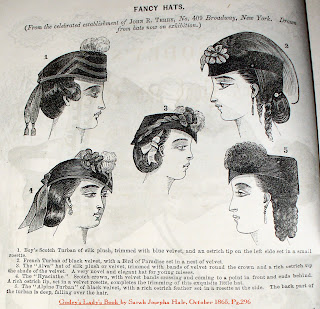The Pennsylvania Tea Cake is a post-war recipe but is very similar to pre-war recipes. It sounded unusual so I was very excited to see what the finished product would taste like.
My grandmother and I baked the night before the event so I would not have to do any baking once I got there I love baking over the fire, but I was making a lot of things so it wouldn't be practical. My grandmother did me the favor of baking this bread while I baked scones. As she was baking, she kept asking "Does it look all right?"
It ended up tasting and looking really good!
Pennsylvania Tea Cake 1870
Ingredients:
-
4 Egg Yolks
-
2 Whole Eggs
-
1
Tbs Vinegar
-
1
tsp Baking Soda
-
1
½ cups Sugar
-
½
pound Butter, creamed
-
Sifted
Flour
Modern Instructions:
Preheat
the oven to 350 degrees. Break eggs into
a small bowl and beat. Dissolve Baking Powder in the vinegar; add the vinegar
mixture into the beaten eggs. Put Sugar
into a medium-sized bowl; make a divot in the center of the sugar. Pour the Egg mixture into the sugar and stir
with a wooden spoon until well blended. Soften the butter and cream into the
batter. Stir in enough Sifted Flour until
it forms a thick batter. Bake in a
buttered 8-inch cake pan for 35- 40 minutes. (Alternatively, you can add enough
flour to make dough, roll it out on a floured surface and cut out round
biscuits with a cookie cutter to stay closer to the original recipe.)
Hope you enjoy! The cake really is good. I was afraid to serve something I had never tried baking before but it turned out really moist and yummy.























